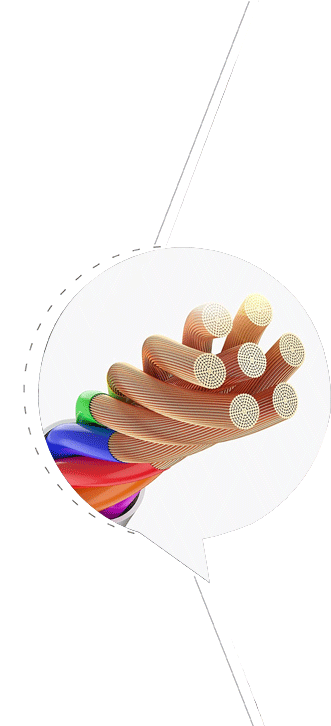Frequently FAQ for Copper Clad Copper:
1. What are the conductivity and resistivity of copper-clad copper?
A: the conductivity of copper-clad copper is about 25% ~ 30% of that of pure copper. The DC resistivity is about 0.055 ~ 0.065 at 20 ℃ Ω· mm2/m。
2. What is the elongation of copper-clad copper?
A: The diameter is 0.11mm and below, and the elongation is not less than 12%. The elongation of our specification is generally between 14% and 18%;
The diameter is 0.12 ~ 0.254 mm, and the elongation is not less than 15%. The elongation of our company is generally 18% ~ 25%;
If the diameter is more than 0.254mm, the elongation shall not be less than 20%. The elongation of our specification is generally between 22% and 28%.
3. What is the material and structure of copper-clad copper?
A: The copper-clad structure is that the brass surface is plated with a layer of red copper (that is, pure copper), and the main component of brass is a copper-zinc alloy.
4. What is the specific gravity of copper-clad copper?
A: The proportion of copper clad copper is about 8.3g/cm3
5. What is the copper content of copper-clad copper in your company?
A: Our copper-clad copper content is about 65%
6. What is the difference between copper-clad copper and pure copper?
A: This question can be answered from the following two aspects:
(1) Compared with pure copper, it has the advantages of being lightweight, low price and having good mechanical strength. Because of its light-specific gravity, its length is about 7% more than that of pure copper wire under the condition of equal wire diameter and weight. As a result, the product cost can be reduced, which is equivalent to the purchase of 1 ton of pure copper wire. Our products only need 920 kg, that is, 70 kg of material cost can be saved. According to the purchase price of 60 yuan/kg, the material cost can be saved by more than 4000 yuan per ton. Combined with the low price of copper clad copper, the total cost of the two products should be saved at least more than 10000 yuan. The higher the price of copper, the more savings.
(2) Compared with pure copper, the disadvantage is that the conductivity is not as good as pure copper.

 EN
EN  English
English Español
Español عربى
عربى




























